On August 24, Japan began discharging treated radioactive wastewater from the Fukushima Daiichi Nuclear Power Plant in Fukushima Prefecture into the Pacific Ocean .
According to Xinhua News Agency, Tokyo Electric Power Company (TEPCO), the operator of the Fukushima Daiichi Nuclear Power Plant, announced that Japan has begun discharging treated radioactive water from the plant into the Pacific Ocean from 1 p.m. on August 24 (local time). The company plans to conduct the first discharge within 17 days to discharge 7,800 tons of wastewater.
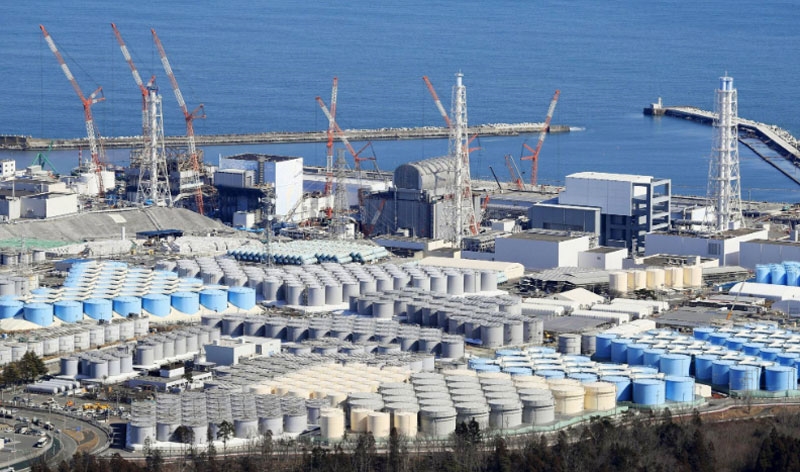 |
| Tanks containing radioactive wastewater at the Fukushima Daiichi Plant. Photo: Kyodo News |
On the same day, according to Yonhap, South Korean Prime Minister Han Duck-soo called on the Japanese government to disclose information about the discharge of treated radioactive water from the Fukushima Daiichi Plant in a transparent and responsible manner over the next 30 years. Referring to public concerns about safety, Mr. Han Duck-soo noted that “undue worry” is unnecessary because the wastewater discharge plan, if properly implemented, will not cause significant impacts.
“Although the ideal scenario would be to avoid the discharge of contaminated water altogether, experts from around the world share the view that excessive public concern is unnecessary,” the South Korean prime minister stressed. Meanwhile, China’s Foreign Ministry said it opposed Tokyo’s discharge of wastewater from the Fukushima Daiichi plant into the sea and demanded the Japanese government stop doing so. China’s customs agency also issued a notice banning all seafood imports from Japan after Tokyo discharged treated radioactive wastewater into the sea.
In contrast to China’s reaction, the United States has supported Japan’s decision. In a telephone interview with Kyodo News, US Ambassador to Japan Rahm Emanuel said he would visit a city in Fukushima Prefecture later this month and planned to eat fish there to show support for Tokyo. Mr. Emanuel said Japan’s wastewater discharge process is “completely transparent, scientifically based and internationally recognized.”
In March 2011, Japan suffered a double disaster of earthquake and tsunami, severely affecting the Fukushima Daiichi Plant. TEPCO had to deal with hundreds of tanks containing 1.34 million tons of contaminated water used to cool the reactor. With no more land to build tanks and needing to free up space, from 2021, Japanese authorities began planning to gradually release treated radioactive water into the sea.
The Japanese government said the wastewater discharged into the sea from the Fukushima Daiichi plant will be treated through an advanced liquid treatment system that can remove most radioactive elements, except tritium, a radioactive isotope of hydrogen that is difficult to separate from water. Tritium is considered to pose little risk to human health and the environment because it emits very weak radiation that is difficult to penetrate human skin. The wastewater will be diluted with seawater at a ratio of 1/40 to the concentration allowed by Japan's safety standards before being discharged through an underwater tunnel. At a meeting earlier this week, Japanese Prime Minister Kishida Fumio said: "The Japanese government will take responsibility for ensuring the plan is carried out safely, even if the discharge takes decades to complete."
Japan has been trying to convince people at home and abroad about its plan through study tours of the Fukushima Daiichi plant and live-streamed experiments showing marine life adapting to treated water. In July, the International Atomic Energy Agency (IAEA) released a final report stating that Japan's discharge of treated radioactive wastewater meets global safety standards. According to the IAEA, the discharge will have negligible radiological effects on humans and the environment. However, local fishermen and neighboring countries remain concerned about the environmental impact of dumping treated radioactive wastewater into the sea.
LAM ANH
*Please visit the International section to see related news and articles.
Source


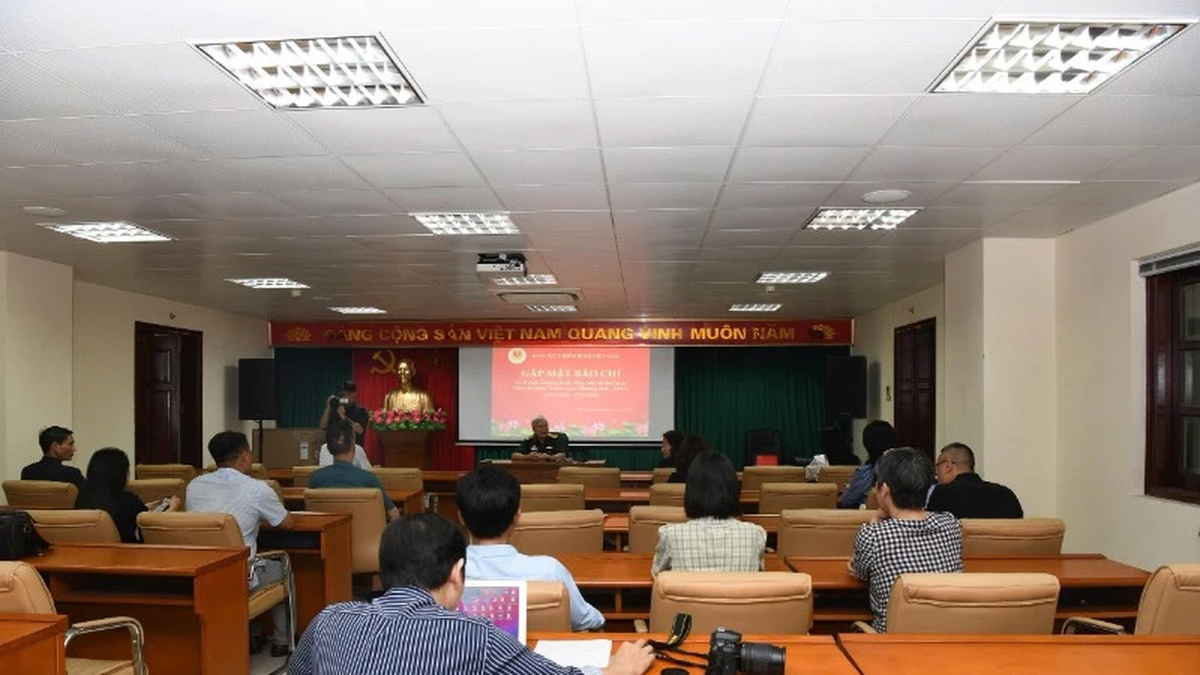
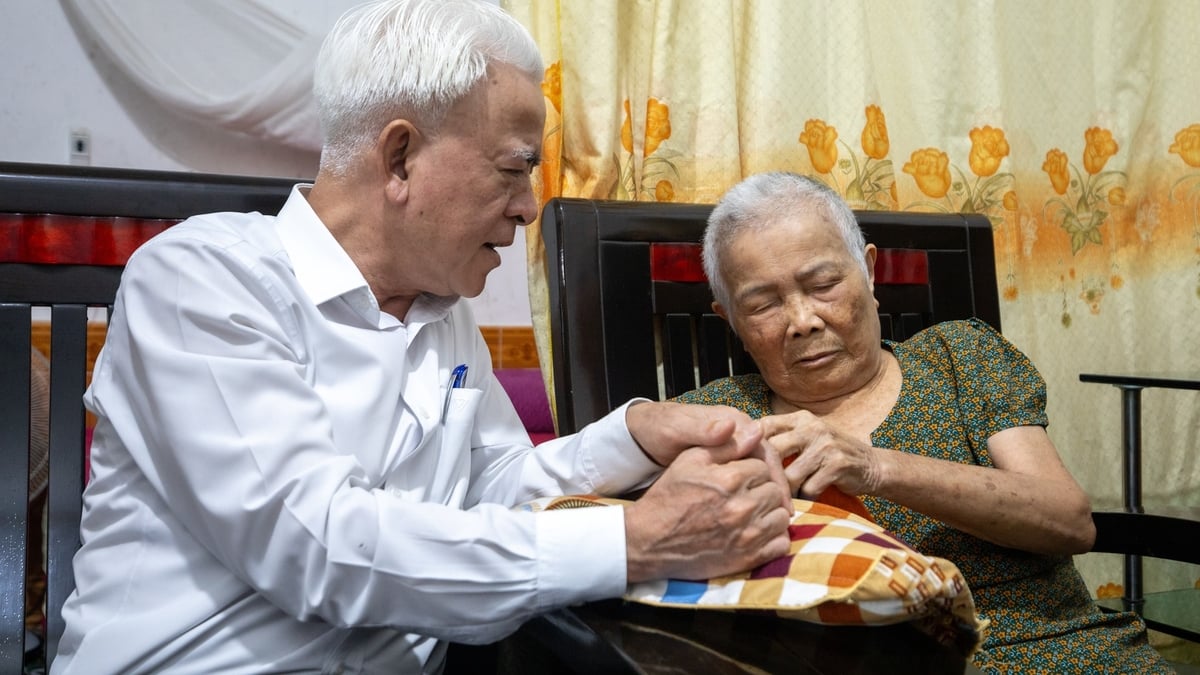
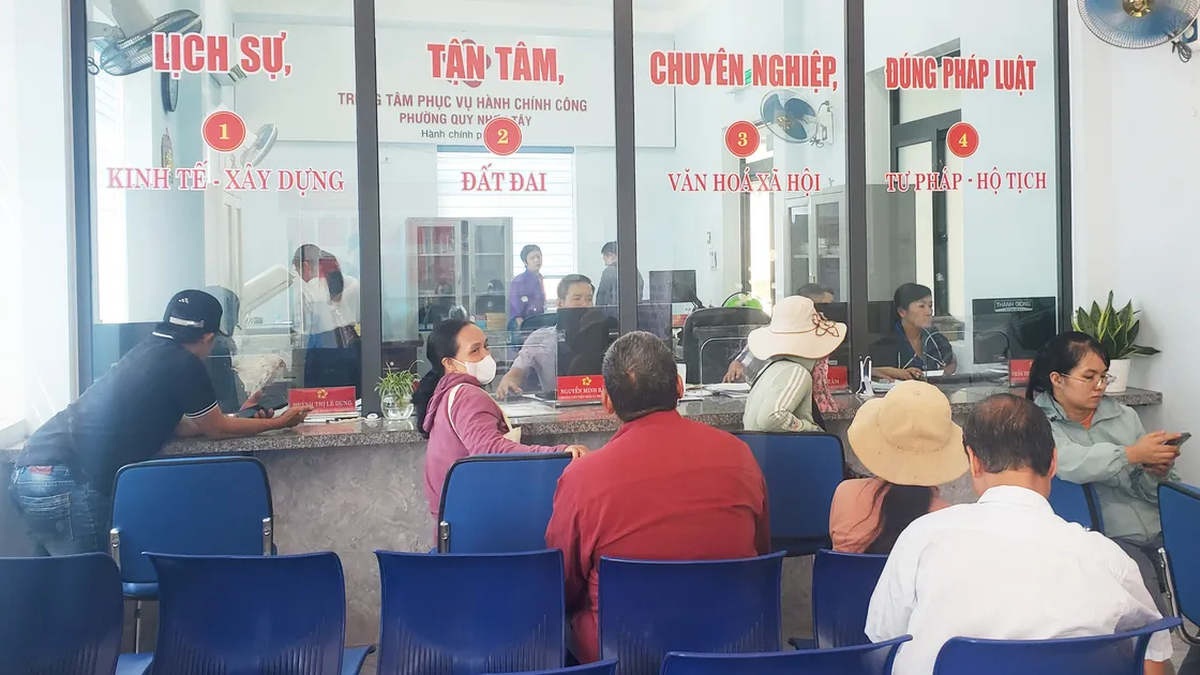

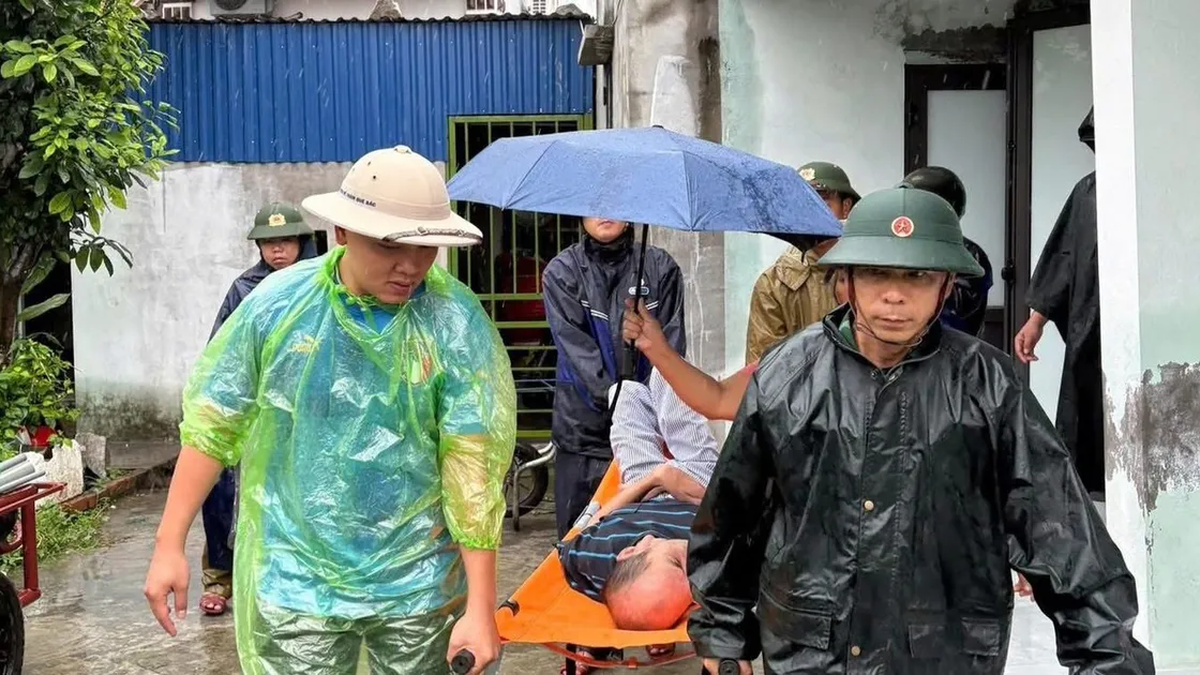



















![[Photo] National Assembly Chairman Tran Thanh Man visits Vietnamese Heroic Mother Ta Thi Tran](https://vphoto.vietnam.vn/thumb/1200x675/vietnam/resource/IMAGE/2025/7/20/765c0bd057dd44ad83ab89fe0255b783)







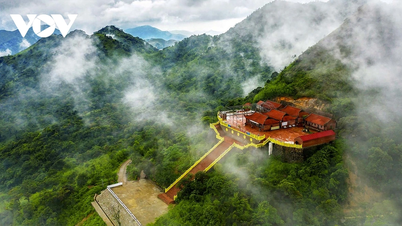

















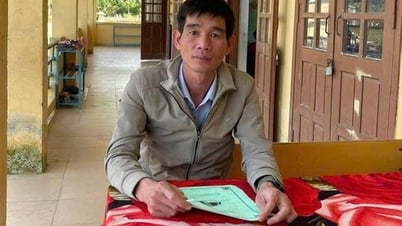




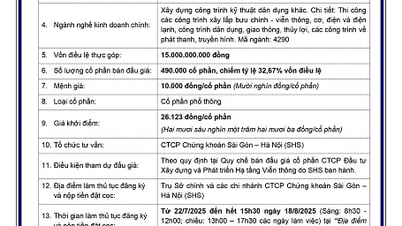




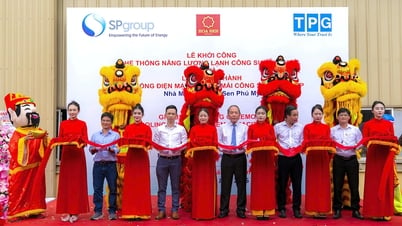


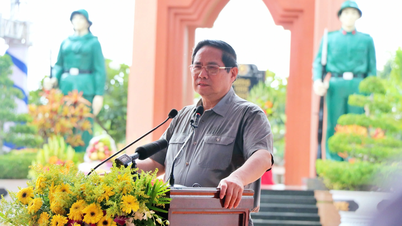
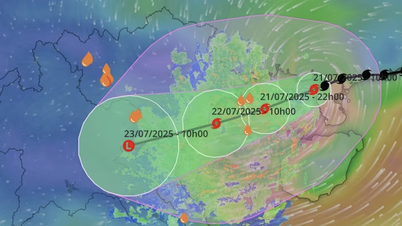

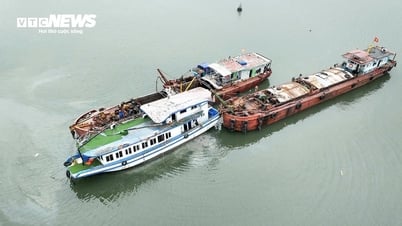


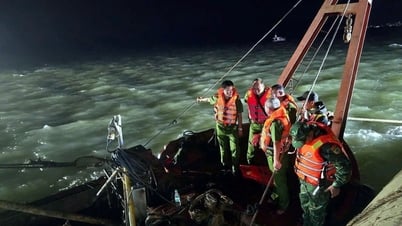
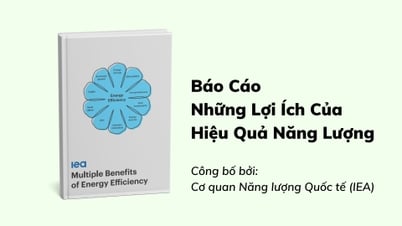





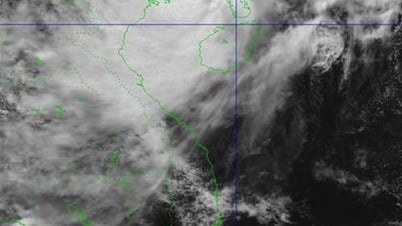

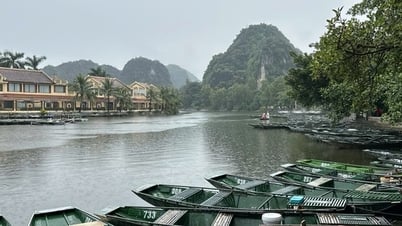





















Comment (0)